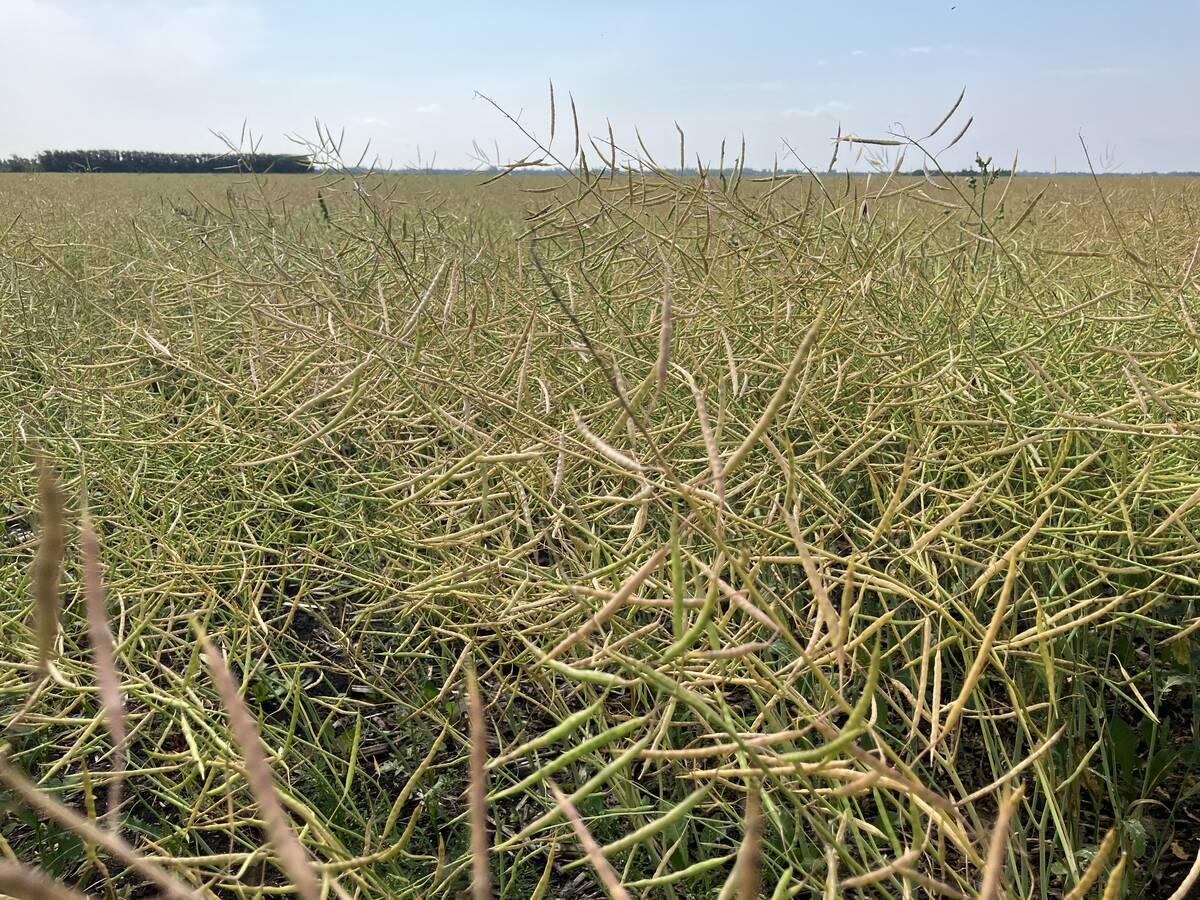Not surprising | High prices cited as main motivation behind tight rotations
Western Canadian farmers often answer, “I’m sticking to my rotation,” when asked what crop they plan to grow next spring.
Yet that rotation has strayed significantly from agronomist recommendations over the last five years when it comes to canola. Most growers are now locked into a two-year rotation.
Crop insurance data from the Manitoba Agricultural Services Corp. (MASC) shows that 56 percent of canola fields in the province had a one-year break from canola in 2011. The percentage of fields with a two-year break was only 12.6 percent.
Read Also

South American soybeans will have less impact on canola
South American production will, as usual, affect the global oilseed market, but Canadian canola is on the outside looking in until it can get China back or find alternative buyers.
A decade earlier, the percentage of fields on a one-year and two-year break was nearly identical. In 2001, 32.4 percent of Manitoba farmers planted canola on a field that had a two-year break and 31.8 percent had a one-year break.
In the black soil zone of Saskatchewan, 800 fields had canola after a one-year break in 2002 and canola was grown after a two-year break on 1,800 fields, according to Saskatchewan Agriculture data.
In 2009, canola was seeded after a one-year break on 8,000 fields in the black soil zone and 3,600 fields had canola after a two-year break.
Doug Wilcox, MASC’s manager of program development for insurance who assembled the Manitoba figures, said the tighter rotations aren’t shocking. He has followed the trend over the last decade.
What is surprising is the number of Manitoba producers who now plant canola into canola stubble, Wilcox said.
“In 2001, it might have been like one percent of acres. In recent years, it’s been 10 percent of acres,” he said.
Wilcox’s data also show that canola fields on a two-year rotation slightly out-yielded fields on a three- or four-year rotation.
Flax, peas and oats consistently yield more when the rotation is longer, based on the MASC data, while yields of canola, barley, corn and spring wheat are consistently lower if the field has no break in crop rotation.
However, yields for those crops don’t climb progressively as the rotation lengthens.
Wilcox attributes the higher canola yields from two-year rotations to producers spending more on inputs.
“It may be simply because people are aware they are breaking the rules and are able to compensate through use of fungicides and other management practices,” he said. “We didn’t analyze that, but that would be my hypothesis.”
Anastasia Kubinec, an oilseed specialist with Manitoba Agriculture, backed Wilcox’s assessment.
“The guys that are on the canola-wheat-canola rotations, they are putting a lot of money into their crop,” she said.
“They’re going for the maximum return on investing that they can … and they’re fully willing to put the inputs in it.”
The number of Manitoba canola fields on a one-year break hit a plateau from 2009 to 2012 and decreased slightly. In 2012, 52.1 percent of fields were on a two-year canola rotation.
Growers may be backing away from canola-cereal-canola because they are spending more on crop protection and fertility to achieve target yields, Kubinec said.
“Manitoba farmers, instead of looking at high yields and high commodity prices, they’re looking at the whole picture,” she said.
“What’s my actual net return per acre? To get that 60 bu. per acre canola, how much extra do I have to put in?”
















